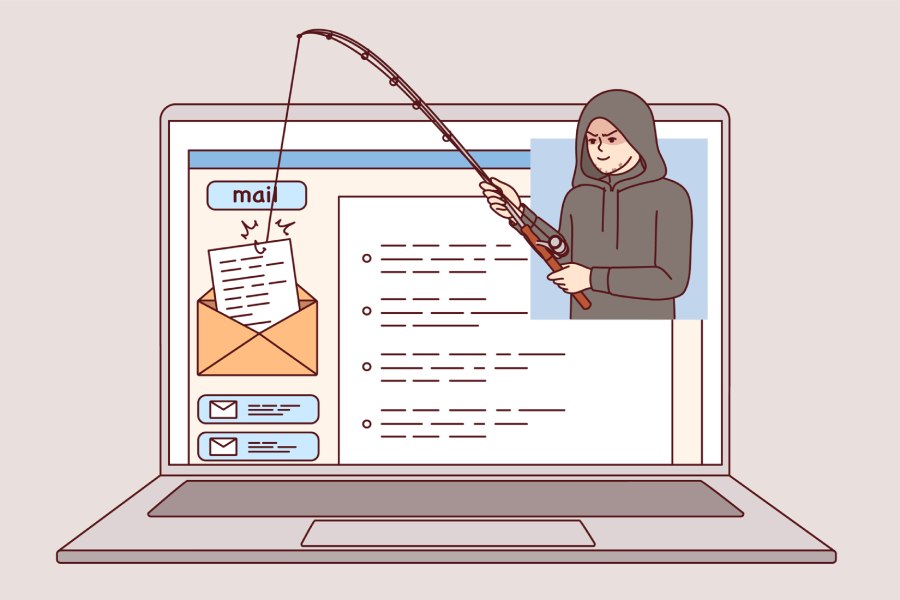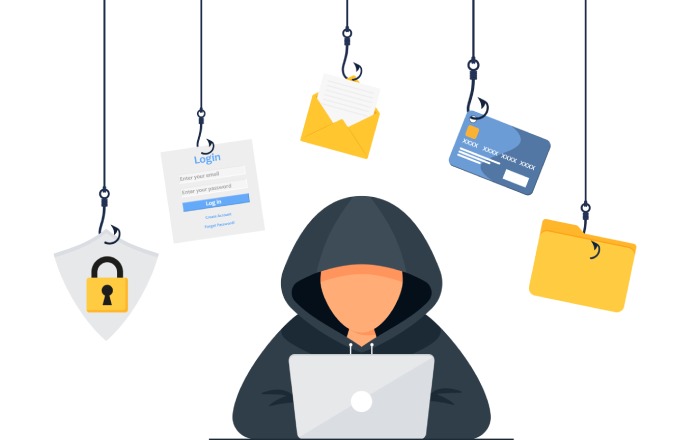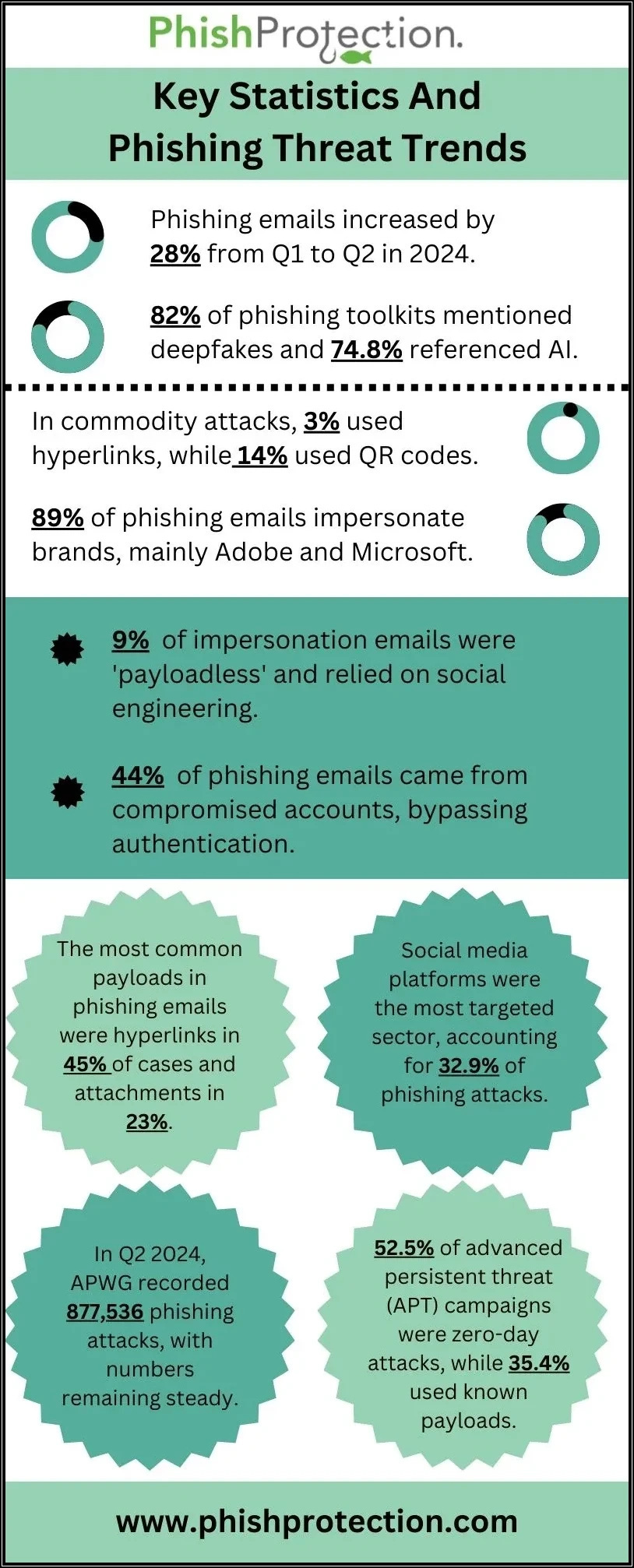Technology has made tremendous strides in the recent past. While it has proven beneficial to society, malicious actors have also benefited from the same. They have invented novel ways to access enterprise network systems worldwide. Phishing remains a favorite mode of launching cyberattacks over the years. Though phishing attacks do not distinguish between businesses in the industry, the financial sector is one of the most vulnerable as the rewards are noticeably better. Thus, we get to witness that a significant proportion of phishing attacks take place to obtain financial information. The recent example of the PayPal fraud is a new incident of the kind.
High Vulnerability Of Fintech Establishments
Current information shows that financial institutions rank at the top of the list of phishing attack victims. The following statistics drive the point home.
- 85% of all business organizations have experienced a phishing attack at least once in their lifetime.
- 78% of users claim that they are familiar with the risks of clicking on unsolicited links in emails. Nevertheless, they go on to click on them, anyway.
- A single spear-phishing attack costs around $1.6 million in losses.
- 97% of users are not able to recognize a sophisticated phishing email.
- 81% of all mobile phishing attacks use modes other than email for their launch.
The PayPal Fraud
Before discussing how organizations can take steps to handle such cyberattacks by adopting anti-phishing protection measures, here is how malicious actors take advantage of fintech platforms to launch phishing attacks.
The PayPal fraud should open one’s eyes to how phishing is still the favored mode of malicious actors’ attacks. The attack preys on the people’s insecurities when it concerns their financial information. Such incidents focus on triggering anxiety levels to cause unnecessary panic. The PayPal user receives a link through email or an SMS that their PayPal account has been limited. Such a message can cause people to become alarmed and commit mistakes that they generally do not do.
The message includes a link and requests the user to click on it to retrieve the PayPal account. It also asks the user to confirm their identity. Clicking on the link takes the user to an account login page resembling that of PayPal. As the user keeps entering the information, it passes it on to the malicious actor. The page keeps asking for personal details like name, date of birth, email security question, and so on. This information is sufficient for the counterfeit site creators to access other accounts like the user’s credit card or the PayPal-linked bank account.
Though fintech platforms like PayPal have the best phishing prevention software to deter phishing attacks, these threat actors keep trying their luck in the hope that the users might end up making a mistake. Below is why these malicious actors chose PayPal over other websites.
Why Choose PayPal over others?
Despite PayPal’s having the best phishing prevention best practices included in its policies, the cyber adversaries have chosen its users for obvious reasons.
- PayPal has a massive customer base, almost close to 300 million. Hence, the chances of getting a victim are so much higher when compared to other websites.
- People use PayPal for their personal and business transactions. Hence, there will always be a significant amount of money in the accounts anytime waiting for a transfer.
- On gaining access to a PayPal account, the malicious actors can transfer the money to their accounts or even their associates’ on the user’s behalf.
- Generally, PayPal users link their accounts to their credit cards or bank accounts. In any case, it is inviting danger because the malicious actor can gain access to these accounts.
- The threat actors know criminal psychology very well. They understand that the messages that trigger panic make people vulnerable, and they end up making mistakes.
How Do You Identify A Phishing Email?
To protect yourself from phishing emails, you can look for these red flags.
- Phishing emails generally come from suspicious-looking email addresses and contain obvious grammatical or spelling mistakes.
- They generally address you as ‘Dear Customer’ instead of taking your name, as PayPal does.
- They use variations like Account PayPal, whereas the correct terminology is PayPal Account.
- Any email message that displays urgency should ring the alarm bells.
- As part of their phishing protection services, financial institutions like PayPal or banks never ask their customers to share sensitive info through emails. As an educated user, one should be aware of the organization’s policies.
How To Avoid Such Phishing Scams?
The following phishing prevention tips can help one deal with such situations.
- As a regular user, you should stay away from any suspicious-looking emails and educate yourself on keeping secure from such phishing attempts. You must not give in to the temptation to click on malicious links.
- As a business entity, the first thing to do is to invest in the best anti-phishing solutions.
- You must report suspicious incidents to the IT security team without fail to ensure that other people do not fall prey to such scams.
- You must contact the fintech company and alert them that such phishing emails are doing the rounds.
- Changing passwords periodically is also a crucial email phishing protection measure.
- Keeping the anti-phishing software updated at all times and performing the necessary security scans is also essential to stay secured.
Final Words
With more people using online banking channels for business and personal transactions, malicious actors target fintech platforms to launch their phishing attacks. Triggering panic among customers can force them to make silly mistakes and end up compromising critical data. Threat actors love to prey on such vulnerabilities to access banking accounts, thereby elevating financial risk. Customers can avoid becoming victims of such attacks by improving awareness levels and investing in appropriate anti-phishing tools to protect themselves from such phishing attacks.



